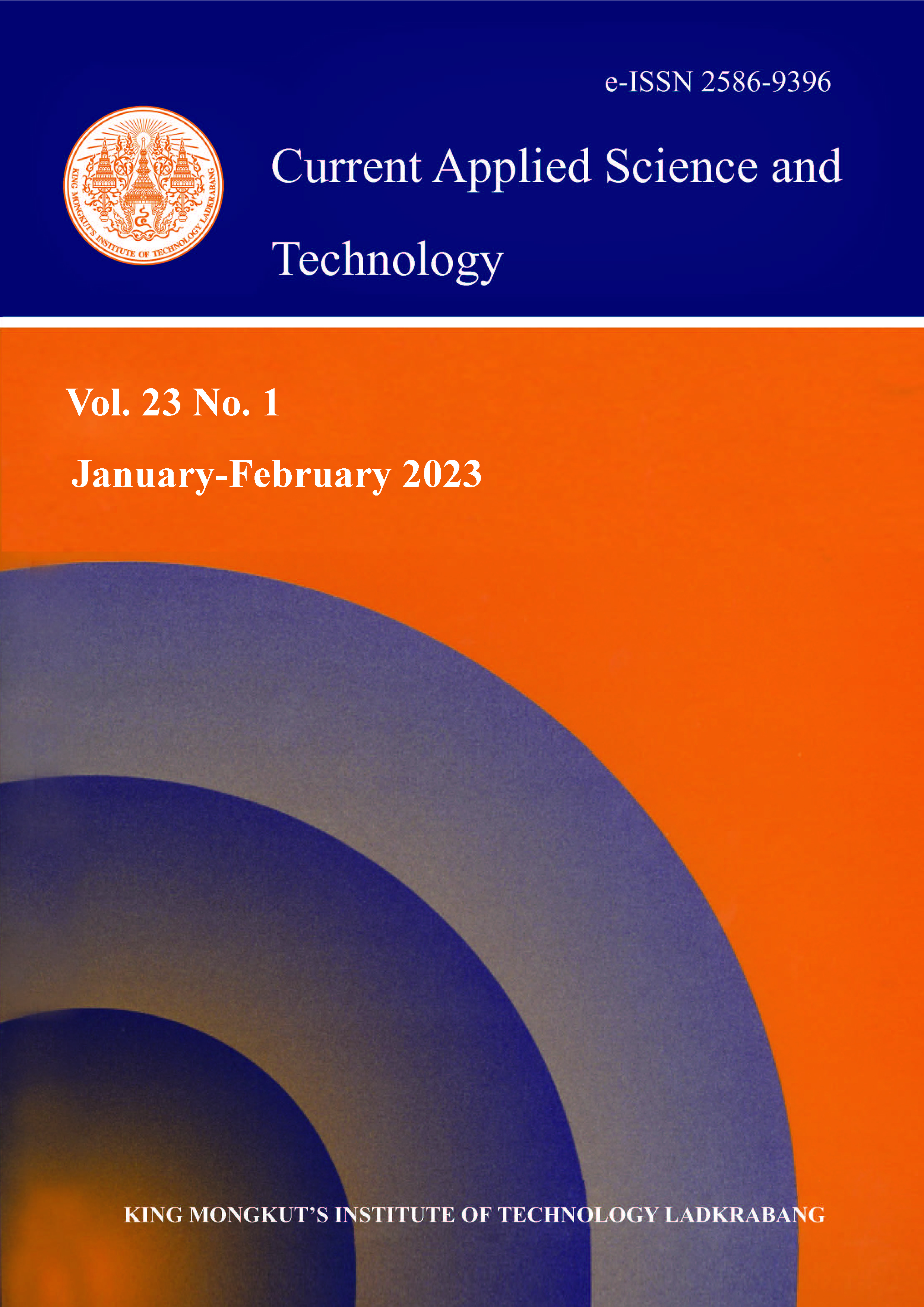Poultry feeds mainly consist of cereal grains and crops that are vulnerable to fungal infection. Improper handling of the feeds increases spoilage and contamination by aflatoxigenic fungi. The aim of this study was to determine fungal contamination including characterization of toxigenic and non-toxigenic Aspergillus flavus strains in poultry feed and its ingredients. We collected 200 composite samples of compound poultry feeds and their ingredients sold by retailers at traditional markets. The fungal population was enumerated using a dilution followed by the pour plate in dichloran 18% glycerol agar medium. All isolated A. flavus were identified by culture technique and molecular approach. Aflatoxin production was determined in 10% coconut agar medium with thin layer chromatography. Regulatory (aflR) and structural (nor-1, ver-1, omt-1) genes of A. flavus strains were isolated using four sets of primers (aflR, nor-1, ver-1, omt-1). We found that all feeds were infected by fungi. Aspergillus chevalieri was the most found in all feeds, particularl on chick starter. Of the 200 samples of compound and poultry feed ingredients, 57 isolates of A. flavus were examined and 16 of them (28%) were toxigenic, each strain producing aflatoxin B1 from <3.01 to 35.50 ppb. Among feeds, layer finisher, pellet starter and grain corn were the most infected by toxigenic A. flavus, respectively. The contamination occurred on feeds that contained corn as the main compound. Routine analysis of compound poultry feeds and their ingredients for aflatoxigenic fungi particularly A. flavus is compulsory.
Keywords: Aspergillus flavus; aflatoxin; fungal population; poultry feeds; non-toxigenic
*Corresponding author: Tel.: (+062) 1533178071 Fax 0618214290
E-mail: kiki2@usu.ac.id
Nurtjahja*, K. ., Yurnaliza, , Bungsu,, A. ., Silalahi, J. E. ., Simanullang, J. ., & Gultom, B. N. L. . (2022). Fungal Contamination and Characterization of Aspergillus flavus on Poultry Feeds and their Ingredients in North Sumatera. CURRENT APPLIED SCIENCE AND TECHNOLOGY, DOI: 10.55003/cast.2022.01.23.004 (13 pages). https://doi.org/10.55003/cast.2022.01.23.004

